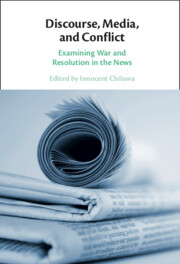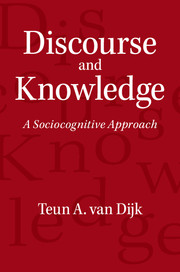Unpacking Creativity
Figurative communication (the use of metaphor, metonymy, hyperbole and irony) provides economy of expression, clarity, persuasiveness, politeness, evaluation, and communication of emotions. However, it also increases the potential for misunderstanding in situations when people lack shared background knowledge. This book combines theoretical frameworks with empirical studies that measure the effectiveness of different approaches to the use of figurative language in advertisements, to show how to maximise the benefits of creative metaphor and metonymy in global advertising. It highlights how subtle differences in colour, layout, and combinations of different kinds of figurative language affect the reception and appreciation of creative advertising, shedding new light on the nature of figurative communication itself. With a balance between theory, experiments and practical case studies, this book is accessible for academics in linguistics and communication studies, as well as advertising and marketing professionals.
- Includes a chapter on practical applications for marketing professionals
- All the experiments reported in the book have a strong cross-cultural component, with work focusing on the UK, Spain, China and Japan
- Provides robust methods of analysis that combine approaches and techniques from cognitive linguistics, corpus linguistics, cognitive and social psychology, and marketing
Reviews & endorsements
'This book provides an effective analysis of visual and language metaphors and their interaction, informed by astute application of cognitive science to a range of examples from advertising. Students and researchers in communication, linguistics, and cognitive linguistics as well as advertising researchers and practitioners will find the book interesting and informative. It is well-written and readable, and would be an excellent text for an advanced course in advertising, communication, or cognitive linguistics.' Professor L. David Ritchie, Department of Communication, Portland State University
Product details
August 2021Adobe eBook Reader
9781108594523
0 pages
This ISBN is for an eBook version which is distributed on our behalf by a third party.
Table of Contents
- Introduction
- Part I. Theoretical Perspectives:
- 1. The temple of heaven is not China
- 2. Is it a bird or is it a chameleon?
- 3. Welcome to the black supermarket
- 4. I thought they were hairy breasts!
- Part II. Empirical Studies:
- 5. Spiderman or devil horns?
- 6. If it's red it must be sport
- 7. Curry is yellow in Japan but orange in the US
- 8. So real it's scary
- 9. Cross-cultural and gender-based variation in the emotional impact and appreciation of marketing videos
- 10. Having fun with his custard factory?
- 11. What do we now know about the creative use of figurative communication in advertising?





